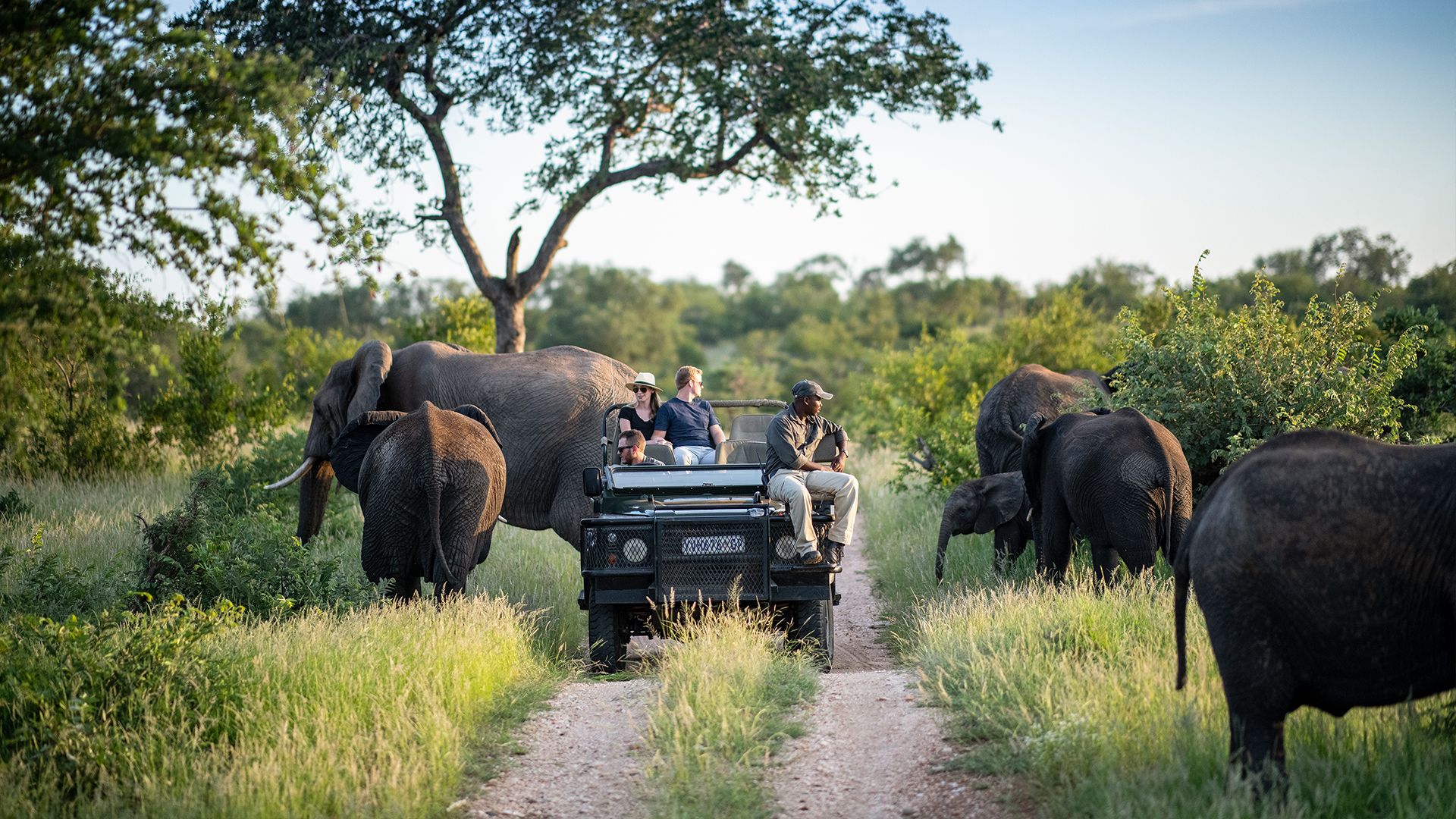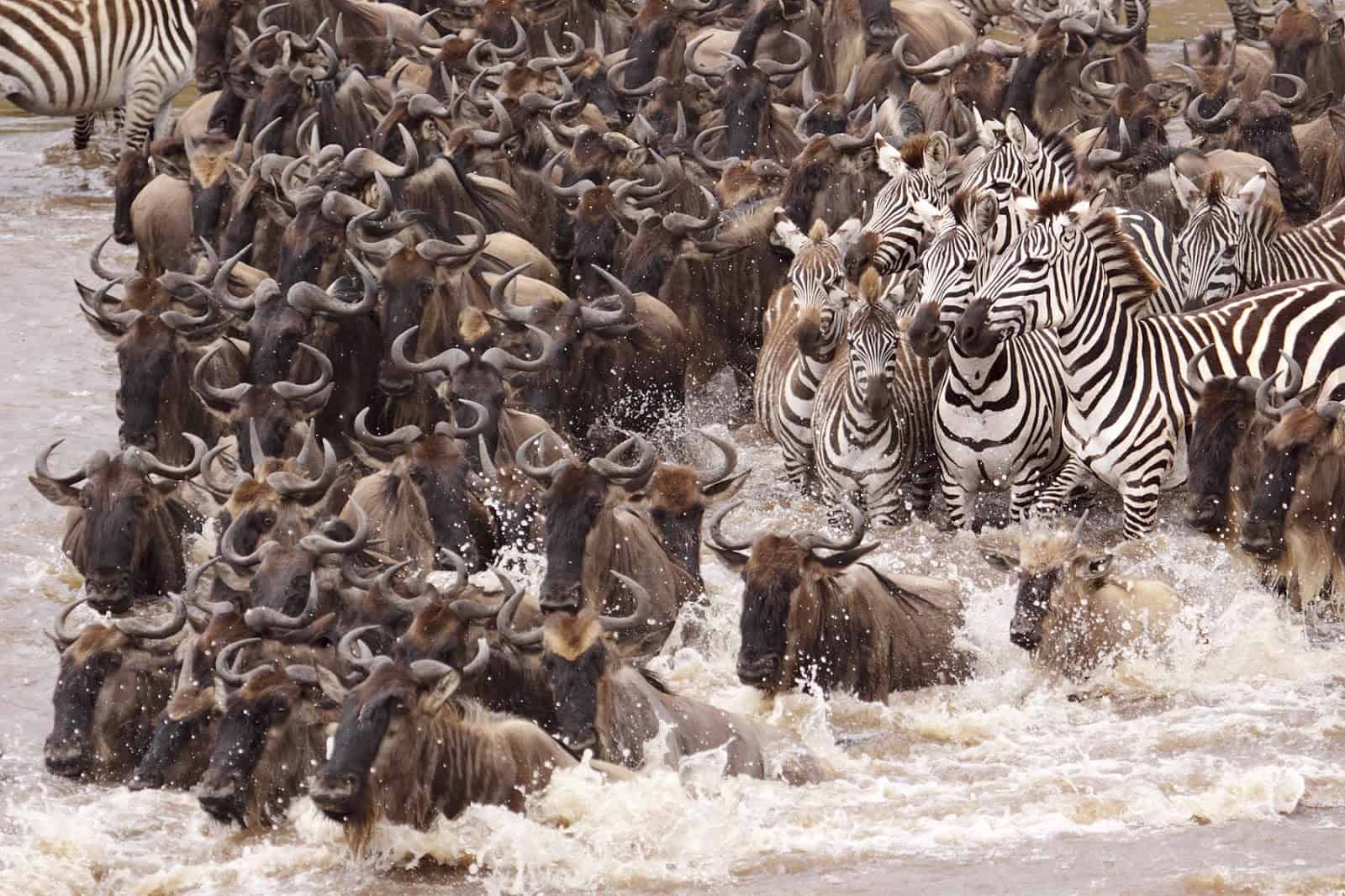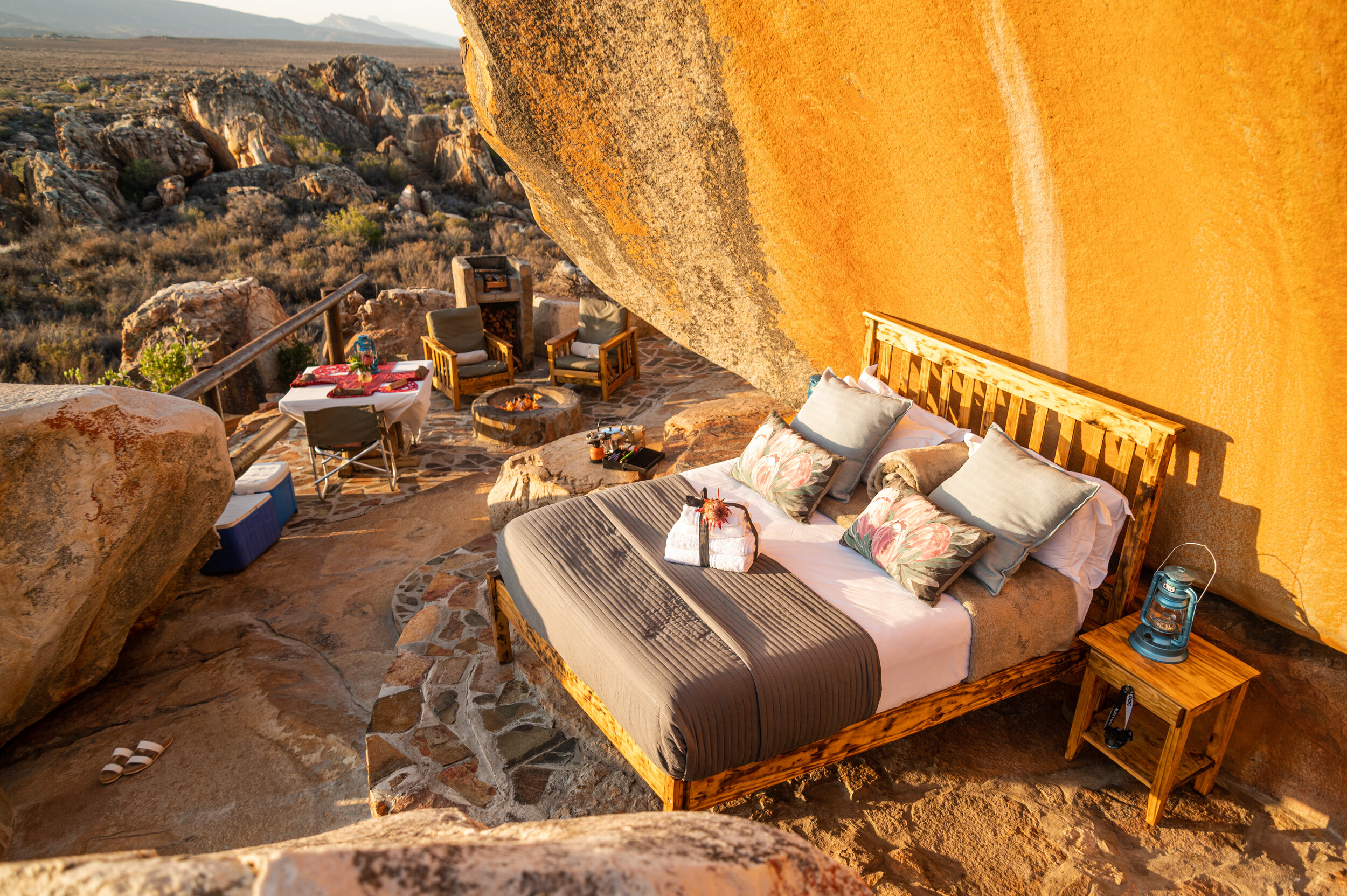Kenya vs South Africa brings interesting African dynamics. Both countries in the East and Southern Africa are safari giants in their own right and inarguably the two most popular international tourism destinations for a trip into sub-Saharan Africa.
Additionally, both hold an array of undisturbed natural beauty and picturesque landscapes that offer a wonderful opportunity to spot some iconic animal and bird species for the adventure of a lifetime.
While Kenya is known as the birthplace of African Safaris and is home to the world-famous Masai Mara National Park, South Africa, on the other hand, can proudly boast about the equally popular and awe-inspiring Kruger National Park.
Since every moment holds its magic when it comes to going on a safari at these two destinations, deciding which country might be good for your safari could be a bit daunting. An overview of both these destinations, with regards to accessibility, experiences, animal density, landscapes and comfort levels is provided below, to help you find out which one may be the best for you.
Table of Contents
What to Look Out for In Picking Kenya Vs South Africa Safari
It is not the easiest thing when it comes to picking your favourite safari destination in Sub-Saharan Africa especially if it is Kenya vs South Africa. However, below are key leads you should use to pick a safari of your choice depending on preference.
1. Accessibility

Elephants at the Kruger National Park. Photo/East Cape Tours
Travel arrangements are the first things to consider when going on any safari to ensure you are authorised to enter the country of your choice. Happily, in this regard, both South Africa and Kenya are easy to visit for travellers from most countries.
Apart from visitors from 40 countries who can enter Kenya without a visa, the electronic eVisa system in place can issue entry permits online from any location with an Internet connection, rather than having to apply for a visa from the embassy.
South Africa has not introduced the eVisa system but allows citizens of about 70 countries to visit the nation visa-free for up to 90 days. Others need to head to the nearest South African embassy to apply for one which is also a bit time-consuming, but easy enough.
2. Wildlife Density
Abundance of animal viewing is the obvious first choice of any safari goer and fortunately, both Kenya and South Africa are extremely rich as far as biodiversity and wildlife spotting experiences are concerned.
You can find the Big 5-lion, elephant, buffalo, leopard and rhinoceros in both Kenya and South Africa. A major tourist attraction in Kenya is the Great Migration, which is more or less equalled by the unique wildlife of the Southern Kalahari and its black-maned lions and other species.

Wildebeest Migration. Photo/Pinterest
Though this specific density may vary from season to season within each country, it may prove wrong to give one a higher classification than the other. In Masai Mara, for example, predator and game density is at its highest during the Great Migration period but will dwindle substantially once the migration is over. Whilst in Kruger, the wildlife density does not fluctuate so much and viewing is solid at all times.
Kruger National Park is known for its large population of elephants, apart from the Big 5, which can be seen in large numbers on the extremely varied terrain
For marine life lovers, Kenya has dolphins, whereas South Africa is known for exceptional whale watching. So the bottom line is that both countries offer a good wildlife experience and it is impossible to call which is better than the other.
3. Landscapes and Scenery
From the vast plains of Kruger National Park to the dramatic coastline of the Garden Route, geographically South Africa offers breathtaking landscapes and lush forests for the avid naturalist.
The landscape in Kenya is rather diverse and features several geographical features of which the Great Rift Valley stands heads and shoulders with endless plains, lofty mountains, dense forests and above all some of the most stunning beaches in the whole of Africa.
In a nutshell, both countries have incredible scenery and topography, and are easily accessible by a light aircraft network in Kenya and by excellent roads in South Africa.
Both countries also offer a huge range of opportunities to travel to off-beat places across the country. In Kenya, one can safari up to the far reaches of the northern plateau while in South Africa one can head to the rewilded northeast area of Eastern Cape and Tswalu right up to the Kalahari desert.
4. Safari Experiences
Safari tours to both countries allow more room for interacting with wildlife from close quarters as drivers and guides are trained to drive close to the animals without disturbing them for better viewing and taking photos.
Kenya is a good option for a safari if you prefer to camp rather than stay in a fancy lodge for a wilder experience. Moreover, lodge fees are much higher than camping.
In South Africa, there are a plethora of inexpensive lodge options with Kruger and Pilanesberg offering drive-on-your-own facilities as the infrastructure and road network is advanced.
The bottom line is that your safari experience will be good no matter which country you choose to visit so long as you land at the right spot at the right time.
5. Accommodation Style
When comparing the accommodation facilities of Kenya and South Africa there are some distinct similarities as well as some subtle differences as far as upscale lodges and resorts are concerned.

Kagga Kamma Lodge South Africa. Photo/christinadobre.com.
Lodges and camps in Kenya are structured to blend with the surrounding environment and at the same time offer the guests the luxury of an opulent retreat in the heart of the wild
High end safari lodges in South Africa infuse modern architecture with indigenous African elements into their design for their luxury suites and private plunge pools for a more private experience.
Other Considerations
A lot of visitors look forward to a beyond-the-safari experience and search for potential sightseeing options on their trip to Africa for a more holistic holiday experience and tick off things, other than sighting the Big 5.
South Africa draws safari visitors with itinerary extensions to Cape Town, Winelands and the Whale Coast, while in Kenya you can combine your safari with Tanzania or Rwanda for gorilla trekking. You can also sink your feet on the sandy beaches of Zanzibar or visit to the iconic Victoria Falls.
In this field, both Kenya and South Africa have charted safari variations when out of the bush to mix up activities for the sake of animal welfare for a more sustainable experience. Take your pick from:
- Hot air balloon rides
- Bush walks
- Canoe safaris
- Camel safaris
- Authentic cultural interactions
Conclusion
Both South Africa and Kenya are so evenly matched, that picking the better safari provider may be inaccurate and unfair. The only distinction could be that the safari industry in Kenya is fledging, while in South Africa it is far more developed, something to do with the nations themselves, rather than the overall safari experience which is fantastic in both countries.








